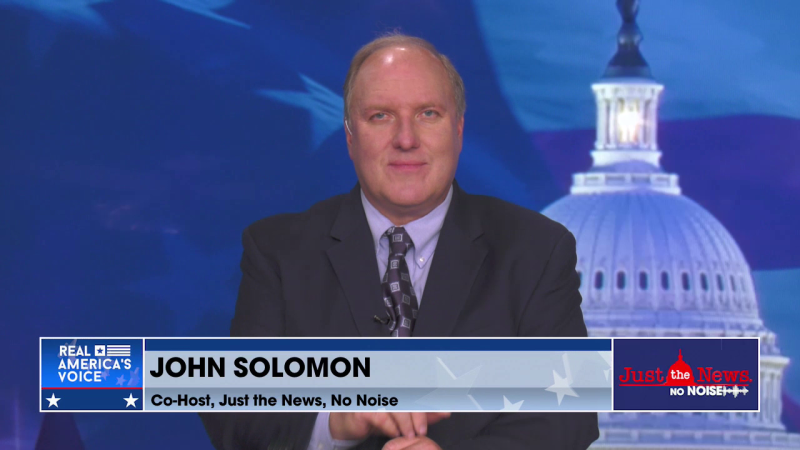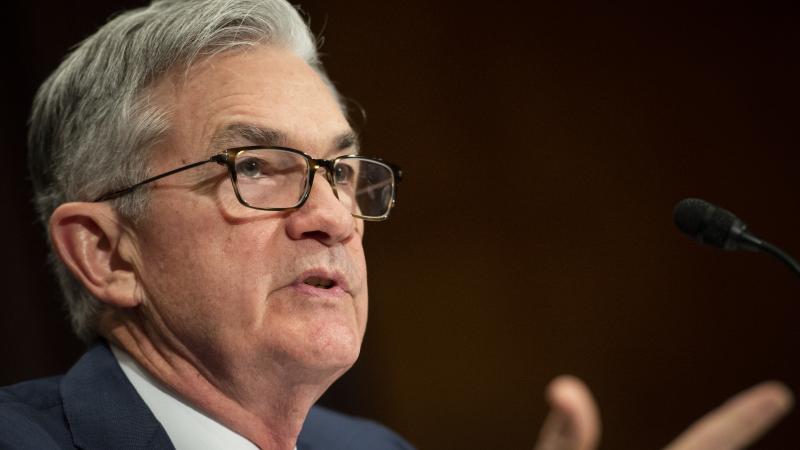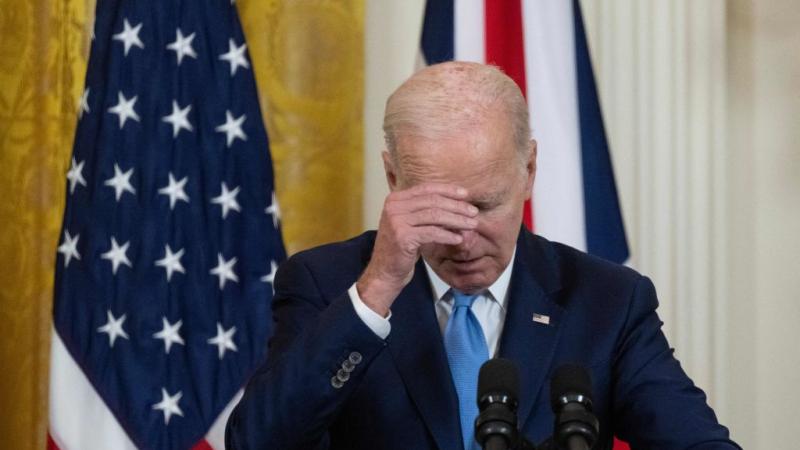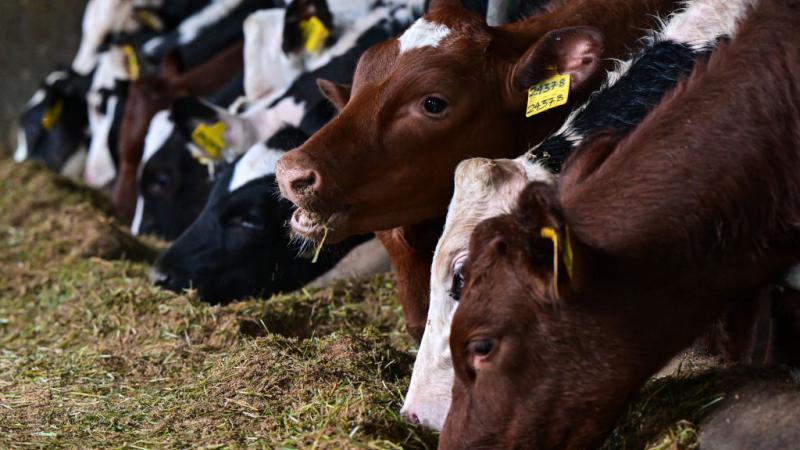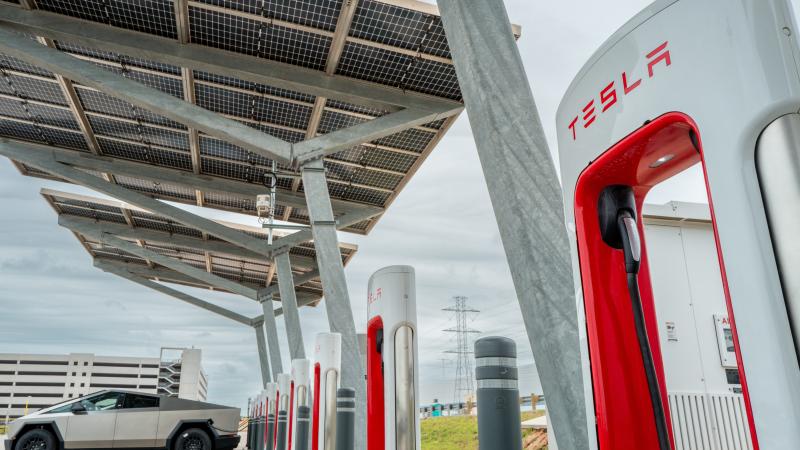Amid mounting evidence that reopening schools is safe, education officials drag their feet
Major pediatric group urges officials to reopen schools; authorities are hesitant.
Public officials in the United States are signaling a reluctance to consider fully reopening schools in the fall, expressing worries that doing so may turn schools into viral hotspots and contribute to the further resurgence of the coronavirus.
Those concerns, however, fly in the face of increasing evidence that young children are unlikely to contract coronavirus and are still more unlikely to transmit it either to each other or to adults. Experts, meanwhile, are warning that delaying the reopening of schools could contribute to an ongoing decline in children's well-being as the weeks and months of missed education continue to pile up.
Schools were among the countless facets of American life that came to a grinding halt in mid-March, when most state governors unilaterally ordered entire state educational systems— including private schools — shuttered indefinitely. Many governors initially closed schools temporarily before extending the closures until at least the fall of this year.
Major pediatric group backs reopening
Those closures were undertaken in the name of public health. Yet educational experts warned that the closures themselves could also have profoundly negative effects on children's well-being, including the loss of educational instruction, the psychological effects of major, sustained social disruption, and the possibility that many children may be subject to extended parental abuse without the possibility of intervention from school authorities.
Those concerns were echoed recently by the American Academy of Pediatrics, a group of tens of thousands of pediatricians that last week released a blueprint for reopening American schools in the fall.
"Schools are fundamental to child and adolescent development and well-being," they wrote, "and [they] provide our children and adolescents with academic instruction, social and emotional skills, safety, reliable nutrition, physical/speech and mental health therapy, and opportunities for physical activity, among other benefits."
The group "strongly advocates that all policy considerations for the coming school year should start with a goal of having students physically present in school," they write, adding: "Lengthy time away from school and associated interruption of supportive services often results in social isolation, making it difficult for schools to identify and address important learning deficits as well as child and adolescent physical or sexual abuse, substance use, depression, and suicidal ideation."
Notably, the AAP suggests that schools follow numerous, fairly strict mitigation policies when reopening, such as forcing elementary school students to wear masks and sit spaced three to six feet apart when possible. They also suggest "cohorting" students to keep them in small and isolated groups.
Children less susceptible to infection, transmission, say experts
Yet those measures are not supported by all pediatric and educational authorities. Last month, for instance, the Hospital for Sick Children in Toronto issued a report urging that schools be reopened with minimal restrictions, including no masks and no "physical distancing," and that measures like "cohorting" should be considered secondary to a normal school schedule.
Children "may be less susceptible to SARS-CoV-2 infection and may be less likely to transmit the virus to others," the report's authors argued.
Those findings have been repeated elsewhere. Australia's Deputy Chief Medical Officer Nick Coatsworth wrote in May that "all of the available evidence from within Australia and around the world ... does not support avoiding classroom learning as a means to control COVID-19." Other findings in Australia indicate that children are at low risk for infection —particularly severe infections — and that they are unlikely to spread the disease to their peers or to older groups.
Schools in Europe and Asia, meanwhile, have been sending children back for in-person instruction since May and have reported little evidence that schools are meaningful vector spots for COVID-19 transmission. Germany began sending its pupils back in May with some restrictions; educational authorities there announced last month their intent to resume instruction after the summer holidays with relatively few mitigation measures in place, likely a sign that many of the worries over returning children to school there have proven excessive.
Sweden, meanwhile — a country that has drawn both praise and ire for remaining largely open during the global pandemic — never shuttered its schools. And while its death rate is at the moment higher than that of its Nordic neighbors, it is lower than countries like Italy and Spain that instituted severe lockdowns, including school closures. Government officials there claim there is little evidence that schools exacerbated the country's outbreak.
U.S. education authorities much more hesitant
Yet even as evidence continues to mount suggesting that there is relatively little risk to opening schools in the fall, many U.S. education officials are dragging their feet, proposing various, sometimes extreme, measures to inhibit the spread of coronavirus among a demographic that does not appear to readily spread it.
In Brooklyn, for instance, a school principal earned the ire of parents last month when she informed her school community that she was considering a one-day-in-person, two-days-remote instructional plan for the fall; students may also have to wear masks at all times other than when eating, she said.
A report last month from the New Jersey Department of Education, meanwhile, said that schools will have to observe "social distancing to the maximum extent possible," that face coverings will be "required" in cases where distancing is not possible, that schools must "stagger eating times" to keep students separated, and that districts "must complete an inventory of outdoor spaces and mark off areas to ensure separation between students."
New Jersey and New York are among the hardest-hit states in the country, and public officials there may be more sensitive than most to the dangers posed by a coronavirus outbreak. Yet school authorities in other parts of the country have shown a similar reluctance to fully resume school schedules in the fall.
In Richmond, Va., for instance, municipal school board officials indicated that they might move forward with a staggered school schedule in which students attend in-person learning on alternate days, with remote learning on off-days. Officials in neighboring Henrico County are considering a similar plan.
Virginia is far from the top of the list of population-adjusted deaths throughout the United States; California is even lower. Yet numerous officials in the latter state are also advocating a strictly regulated return to school in the fall. Santa Clara County officials, for instance, released a plan this week mandating face coverings in many circumstances for most students, physically separating students as feasible and, when possible, serving meals in classrooms instead of cafeterias.
Schools "should also be prepared for the possibility of partial or full school closure, either short-term or for a longer period," the report adds, while nevertheless acknowledging that evidence indicates "COVID-19 transmission in schools is likely to be less widespread than influenza transmission, that adult-to-child transmission is greater than child-to-child transmission, and that transmission risks among younger children appear to be lower than older children."
Los Angeles Unified School District Superintendent Austin Beutner, meanwhile, told media on Monday that the district had not come to any decision yet regarding the reopening of schools there. The state Department of Education, on the other hand, last month released a report urging face coverings, at least six feet of separation between students, and the possibility of staggered school schedules for alternating grades.
The tension between reopening schools and fearing the coronavirus was on particularly public display this week when Anthony Fauci — one of the White House's principal experts in its fight against the virus — said in Senate testimony that schools should consider "modifying things like the school’s schedule, alternate days, morning versus evening, [and] allowing, under certain circumstances, online virtual lessons."
Fauci suggested that following CDC guidelines on physical distancing and mask-wearing would "help to keep the level of infection in the community down, which will then make it easier to get the children back to school."
At that hearing, Kentucky GOP Sen. Rand Paul criticized what he said was Fauci's undue pessimism on the subject of schools reopening.
"All of this body of evidence about schools around the world shows there’s no surge," Paul argued. "All of the evidence shows it’s rare."
"We just need more optimism," he said at one point.
The Facts Inside Our Reporter's Notebook
Links
- American Academy of Pediatrics: Guidance for school re-entry
- Just the News: Canadian pediatric hospital report on school reopening
- JTN: Multiple European countries sending students back to school
- Australian study: COVID-19 spread vs. flu spread
- New Jersey Dept. of Ed: Restart and recovery plan
- Reopening Santa Clara County public schools
- Reopening California schools guidebook


